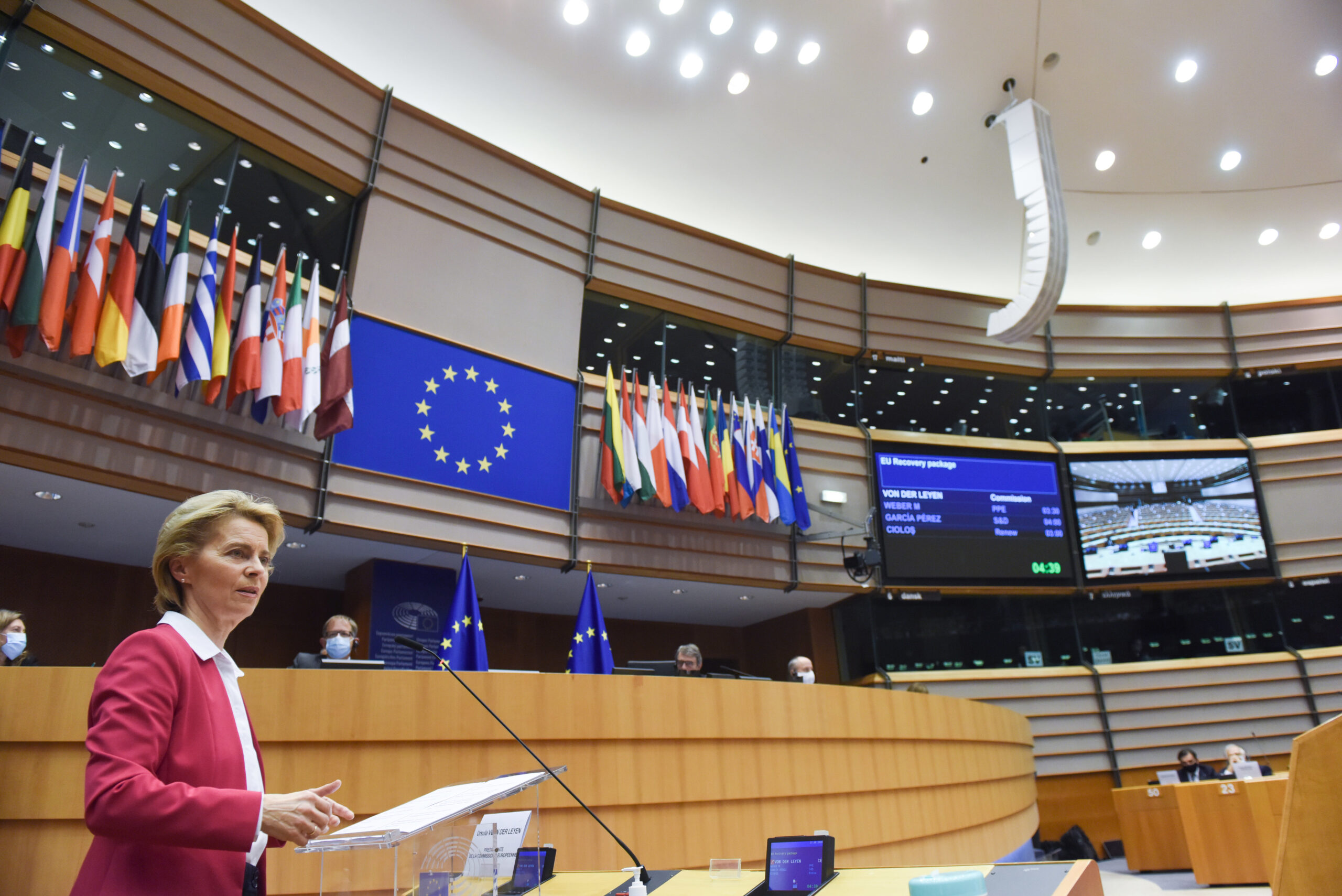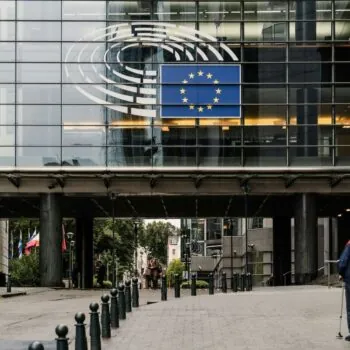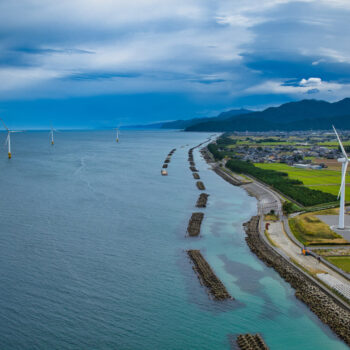Yesterday the European Commission released its plans for a pan-European recovery to manage the fallout from the COVID-19 crisis and “repair and prepare” the European economy. While the European Commission issued a politically viable deal, it falls short in laying out the way for a green and resilient recovery.
High stakes
The package follows a period of Member State-driven (MS), emergency responses to the crisis, during which the main role of EU institutions has been to simply facilitate action. They gave governments full flexibility on state aid rules, suspended fiscal governance mechanisms and provided liquidity via the European Central Bank and the European Investment Bank.
The stakes are high. For the Commission, the European recovery plan serves several purposes:
- preserving unity through a common European approach;
- fighting the economic fallout of the pandemic expected to lead to the deepest recession in the Union’s history;
- building a better future through the green growth vision of the European Green Deal.
The beginnings of a deal
The budget negotiations have been dominated by clashes over the size of the budget, how it will be doled out (grants vs. loans) and what conditions might be attached. In crafting this week’s proposal the Commission has had to delicately balance these pieces to come up with a deal that can satisfy as many Member States as possible while giving itself the flexibility to still adjust some of these pieces in future negotiations.
Yesterday’s deal delivers on many of these fronts (see table). The exact parameters will change: a lower share of grants may be traded in for a higher overall envelope, a larger Just Transition Fund may allow for more green conditionality, but we have a proposition that Member States can shape and eventually agree to.
Table 1. The puzzle pieces of an EU recovery

Green recovery ambitions, rather than plans
In these proposals, the European Commission confirms its ambition of achieving climate neutrality and economic growth. The proposal mentions the important idea of ensuring no investment made for the sake of the recovery should harm the bloc’s climate efforts. However, at the time of writing, the specifics of the proposals do not seem to uphold that ideal.
Ultimately, ensuring solidarity not only between regions but also between generations, as the Commission puts it, requires a green recovery. This week’s proposals leave many unanswered questions around enforcement and implementation:
“Do no harm” principle: The Commission mentions new investments made for the sake of the recovery should not affect the bloc’s climate efforts. It is far from clear how this principle will be applied, or that it will apply to the whole of the European budget.
Governance: The Commission will act both as a source of funding through the EU budget as well as a judge of countries’ recovery plans. Member State disagreement over what strings to attach to funding risks stalling vital investments. It is not clear how this will be resolved.
Climate spending: The Commission reiterates its proposal for 25% climate spending in the European budget. This misses the opportunity to increase this target and boost the clean economy, in light of the current crisis.
Resilience against climate change: While the imperative to recover better and build resilience is echoed in the text of the proposals, there is little focus on how this will build the multi-faceted resilience we need against a range of challenges, including in particular climate impacts.
International alignment and cooperation: Support to international partners seems to lack the conditionality attached to internal spending. All European external financial actions and support should be aligned with the EU’s Sustainable Finance Taxonomy and the Paris Agreement.
Heads of state and governments will need to come to a deal on the EU-wide recovery and align the EU actions with MS actions. They should not put forging a politically viable deal ahead of the chance to put Europe back on track to a sustainable and resilient future.
This is the second blog in an E3G series on “recovering better.” Our first blog explored opportunities for recovering better by accelerating investments in the clean economy.


